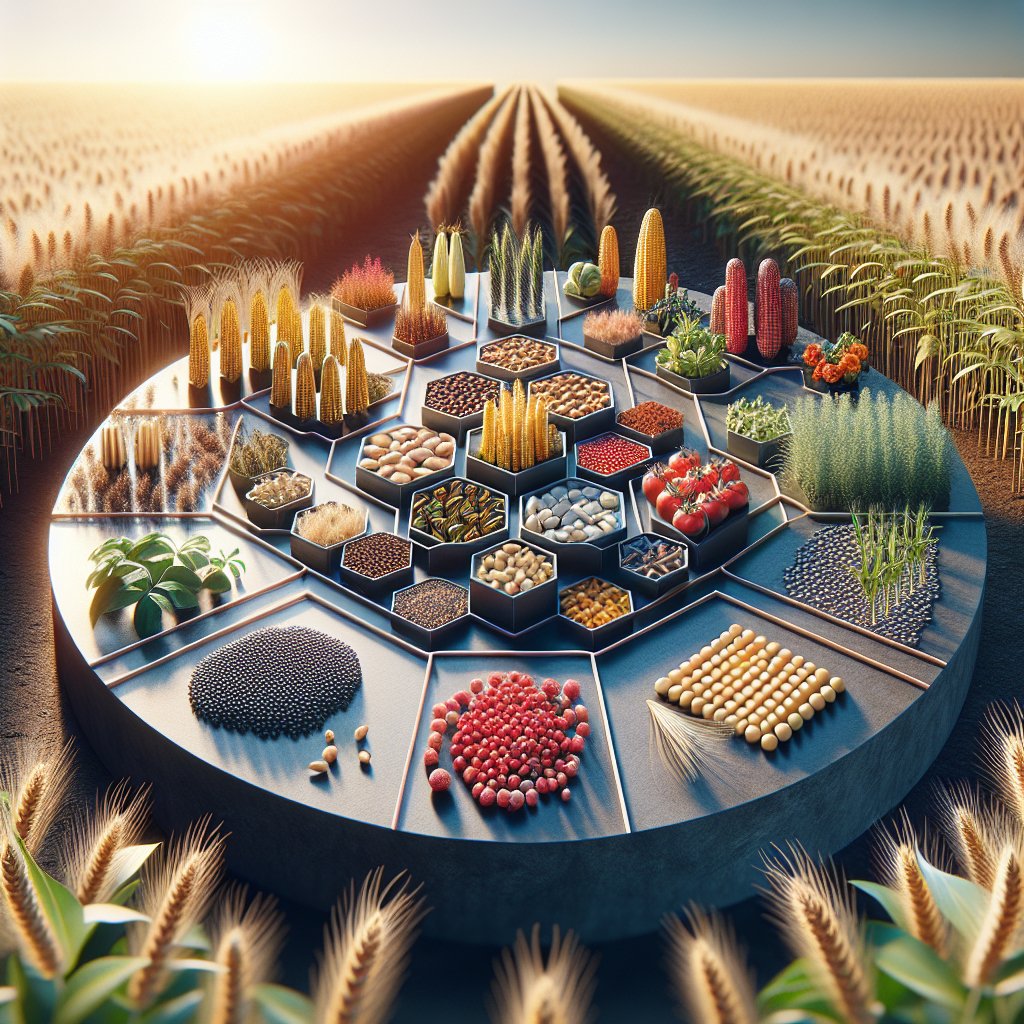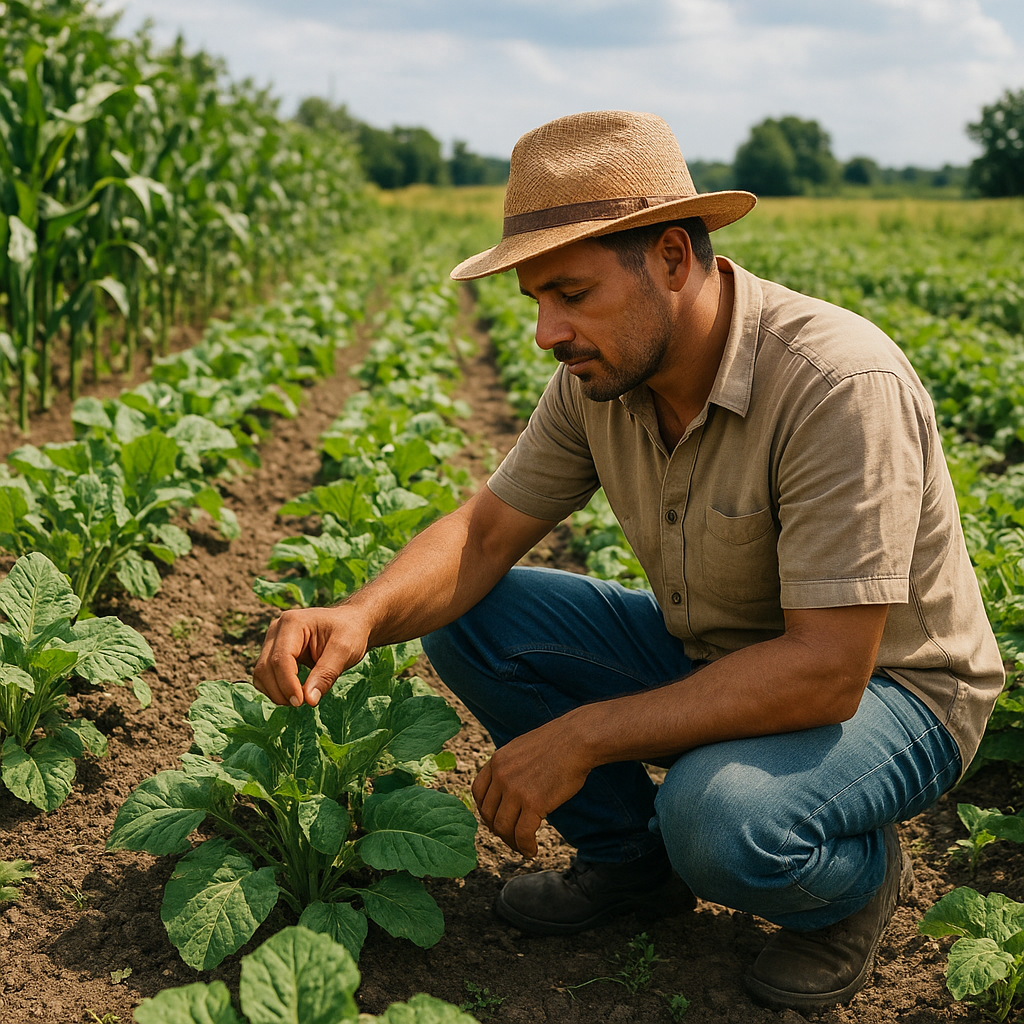
Crop diversity plays a crucial role in pest control, offering a sustainable and environmentally friendly approach to managing agricultural pests. By cultivating a variety of crops, farmers can reduce the reliance on chemical pesticides, promote ecological balance, and enhance the resilience of their farming systems. This article explores the significance of crop diversity in pest management, examining its benefits and the mechanisms through which it operates.
The Benefits of Crop Diversity in Pest Control
One of the primary advantages of crop diversity is its ability to disrupt pest life cycles and reduce pest populations. When a single crop is grown extensively, it creates a monoculture environment that can be highly susceptible to pest infestations. Pests that specialize in that particular crop can thrive, leading to significant damage and yield loss. In contrast, a diverse cropping system can make it more difficult for pests to locate their preferred host plants, thereby reducing their numbers and impact.
Moreover, crop diversity can enhance the presence of natural predators and beneficial insects that help control pest populations. Different crops attract a variety of insects, including those that prey on pests. For example, flowering plants can provide nectar and pollen for beneficial insects such as ladybugs and parasitic wasps, which in turn help keep pest populations in check. This natural form of pest control reduces the need for chemical interventions and supports a healthier ecosystem.
Another benefit of crop diversity is its contribution to soil health and fertility. Diverse cropping systems can improve soil structure, increase organic matter, and enhance nutrient cycling. Healthy soils are less prone to pest outbreaks because they support robust plant growth and resilience. Additionally, certain crops can act as trap crops, drawing pests away from the main crop and reducing the overall pest pressure.
Mechanisms of Pest Control Through Crop Diversity
Crop diversity employs several mechanisms to control pests, including habitat diversification, temporal diversity, and spatial diversity. Habitat diversification involves creating a variety of microhabitats within the agricultural landscape, which can support a wider range of species, including natural enemies of pests. This can be achieved by intercropping, agroforestry, or maintaining hedgerows and field margins.
Temporal diversity refers to the practice of rotating crops over time, which can break pest life cycles and reduce the buildup of pest populations. By changing the types of crops grown in a particular field each season, farmers can prevent pests from becoming established and reduce the risk of pest outbreaks. Crop rotation also helps manage soil-borne diseases and improves soil health.
Spatial diversity involves varying the spatial arrangement of crops within a field or across a landscape. This can include practices such as strip cropping, where different crops are planted in alternating strips, or polyculture, where multiple crops are grown together in the same field. These practices can create physical barriers to pest movement and make it more challenging for pests to locate their preferred hosts.
In conclusion, crop diversity is a vital component of sustainable pest management strategies. By promoting a variety of crops, farmers can harness the natural benefits of biodiversity to control pests, reduce chemical inputs, and enhance the resilience of their agricultural systems. As the global demand for food continues to rise, embracing crop diversity will be essential for ensuring food security and environmental sustainability.

